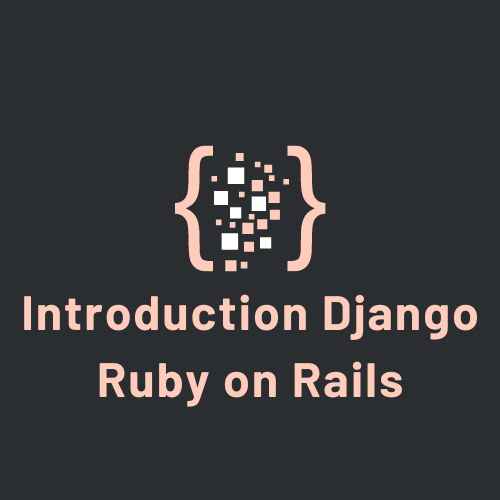Introduction
Web development frameworks provide developers with tools and libraries to streamline the process of building web applications. Among the most popular frameworks are Django and Ruby on Rails, both renowned for their efficiency, scalability, and ease of use. In this guide, we’ll explore the key features and benefits of Django and Ruby on Rails, offering insights into their respective ecosystems and advantages.
Django: The Web Framework for Perfectionists with Deadlines
- Overview: Django is a high-level Python web framework that promotes rapid development and clean, pragmatic design. It follows the “don’t repeat yourself” (DRY) principle and emphasizes reusable components, enabling developers to build complex web applications with ease.
- Key Features:
- Object-Relational Mapping (ORM): Django provides a powerful ORM that simplifies database interactions by abstracting database tables into Python objects.
- Admin Interface: Django includes a built-in admin interface for managing site content and user authentication, reducing the need for manual administration tasks.
- URL Routing: Django’s URL routing mechanism allows developers to map URLs to views, making it easy to create clean and readable URL structures.
- Template Engine: Django comes with a template engine that facilitates the separation of logic and presentation, enhancing code maintainability and readability.
- Security: Django includes built-in security features such as protection against common web vulnerabilities like SQL injection, cross-site scripting (XSS), and cross-site request forgery (CSRF).
- Community and Ecosystem: Django boasts a vibrant community of developers, extensive documentation, and a rich ecosystem of third-party libraries and packages. Its active community ensures ongoing support, updates, and a wealth of resources for developers of all levels.
Ruby on Rails: The Convention over Configuration Framework
- Overview: Ruby on Rails, often simply called Rails, is a web development framework written in Ruby that emphasizes convention over configuration. It follows the “Model-View-Controller” (MVC) architectural pattern and focuses on developer productivity and code elegance.
- Key Features:
- Convention over Configuration: Rails relies on sensible defaults and conventions, reducing the need for explicit configuration and speeding up development.
- Active Record: Rails includes Active Record, an ORM that simplifies database interactions and allows developers to work with database records as Ruby objects.
- RESTful Routing: Rails promotes RESTful routing, making it easy to define resourceful routes that map to CRUD (Create, Read, Update, Delete) operations.
- Scaffolding: Rails provides scaffolding tools that generate code templates for common tasks like creating models, controllers, and views, accelerating the development process.
- Gems: Rails leverages RubyGems, a package manager for Ruby, to extend its functionality with a vast array of third-party libraries and plugins.
- Community and Ecosystem: Ruby on Rails has a dedicated and passionate community that actively contributes to its development and maintenance. The Rails ecosystem offers numerous gems, plugins, and resources to enhance productivity and extend the framework’s capabilities.
Conclusion
Django and Ruby on Rails are powerful web development frameworks that streamline the process of building web applications. While Django excels in its clean design, robust features, and Pythonic syntax, Ruby on Rails stands out for its convention over configuration philosophy, developer-friendly environment, and elegant code structure.
Whether you choose Django or Ruby on Rails for your next web project, you’ll benefit from a wealth of resources, active communities, and proven methodologies that empower you to build sophisticated web applications with efficiency and ease.
This introduction to Django and Ruby on Rails provides a glimpse into the features, philosophies, and communities behind these popular web development frameworks. Whether you’re a beginner exploring your options or an experienced developer looking to expand your toolkit, Django and Ruby on Rails offer robust solutions for building modern web applications.
Example


Leave a Reply